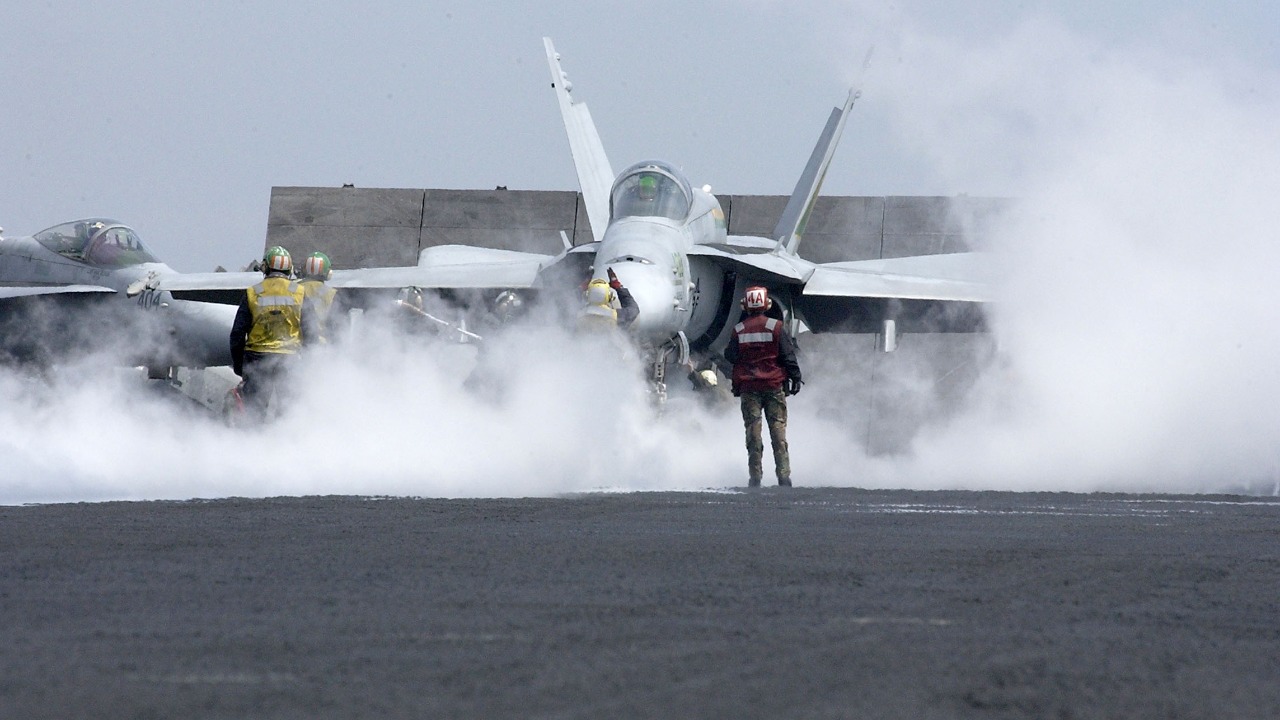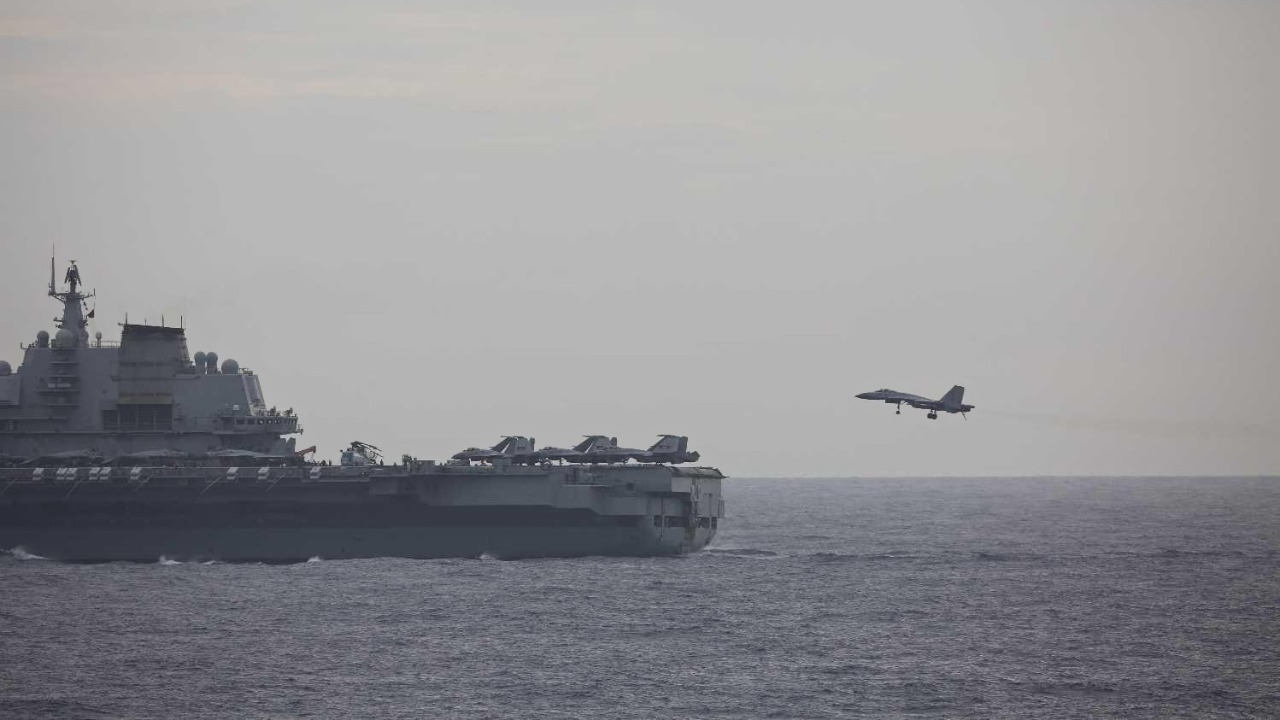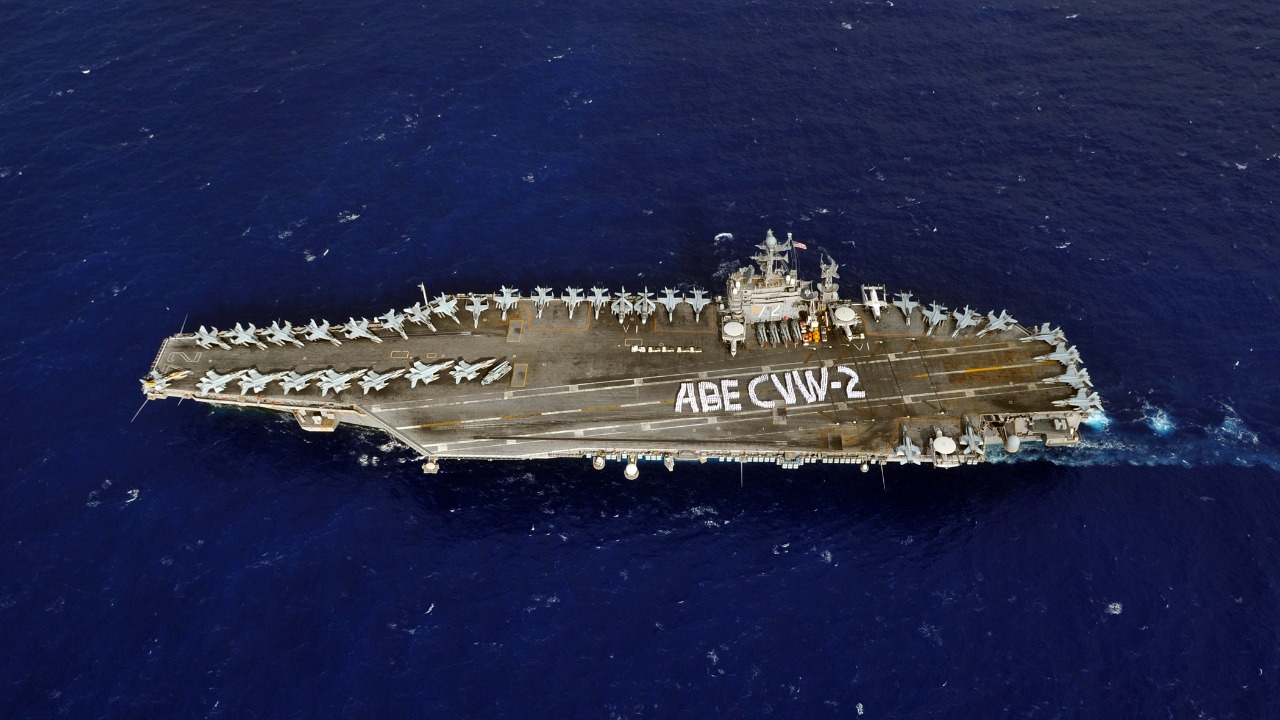
The rapid expansion and modernization of China’s naval capabilities have sparked global interest and concern, particularly regarding its aircraft carriers. As China seeks to project power across the globe, understanding how many fighter jets its carriers can launch and how this compares to the U.S. Navy is crucial for grasping the evolving dynamics of naval power.
China’s Aircraft Carrier Capabilities

China’s journey in developing aircraft carriers has been both ambitious and swift. The Chinese Navy, officially known as the People’s Liberation Army Navy (PLAN), began its carrier program in the late 20th century. A significant milestone was reached in 2012 when the Liaoning, China’s first aircraft carrier, was commissioned. This was a refurbished Soviet vessel, signaling China’s serious intent to build a blue-water navy capable of projecting power beyond its shores. Since then, China has made significant strides, including the commissioning of its first domestically built carrier, the Shandong, in 2019.
The Liaoning and Shandong carriers represent China’s initial foray into carrier operations. The Liaoning serves primarily as a training ship to help develop carrier operational techniques, while the Shandong is a more advanced version, featuring improvements in radar systems and flight deck design. The new-generation carrier, the Fujian, is expected to propel China into the league of nations with modern naval aviation capabilities. It is particularly noteworthy for integrating advanced technologies such as the CATOBAR (Catapult Assisted Take-Off But Arrested Recovery) system, which enhances the launch capabilities of the carrier.
The number of fighter jets that Chinese carriers can launch varies by vessel. The Liaoning and Shandong can each carry approximately 24 to 36 aircraft, including fixed-wing fighters and helicopters. The Fujian, with its advanced catapult systems, is expected to carry a larger air wing, potentially exceeding 40 aircraft. These technological advancements, such as the CATOBAR system, significantly enhance the operational scope of China’s carriers, allowing them to launch heavier aircraft more efficiently. This development is crucial as China seeks to extend its influence and protect its maritime interests in regions like the South China Sea and beyond.
U.S. Navy’s Aircraft Carrier Fleet

The U.S. Navy’s aircraft carrier fleet remains a cornerstone of American military power and global influence. The Nimitz-class carriers, which have been the backbone of the fleet for decades, can carry over 60 aircraft, making them a formidable force on the high seas. These carriers are renowned for their robust capabilities and have been instrumental in various military operations, showcasing the U.S. Navy’s ability to project power globally.
More recently, the introduction of the Ford-class carriers marks a significant leap in U.S. naval technology. These carriers are equipped with the Electromagnetic Aircraft Launch System (EMALS), which replaces traditional steam catapults. EMALS allows for a smoother and more efficient launch of aircraft, enhancing the operational tempo of the carrier air wing. The Ford-class can also support a larger number of sorties compared to their predecessors, further bolstering the U.S. Navy’s operational capabilities.
The strategic importance of U.S. carriers cannot be overstated. They serve as floating airbases, enabling the United States to project power rapidly anywhere in the world. This capability is crucial for maintaining global maritime security and supporting U.S. military strategy and defense policy. U.S. carriers play a vital role in deterring potential adversaries and ensuring the free flow of commerce through critical sea lanes, underpinning the U.S. commitment to a rules-based international order.
Comparative Analysis: China vs. U.S.

When comparing the jet launch capabilities of Chinese and U.S. carriers, a distinct difference emerges. U.S. carriers, particularly the Nimitz and Ford classes, can launch a significantly larger number of aircraft than their Chinese counterparts. This discrepancy is due in part to the advanced launch systems and larger flight decks on U.S. carriers. While China’s Fujian represents a significant advancement, it still trails behind the capabilities of U.S. carriers in terms of sheer aircraft capacity.
Technological advancements play a critical role in shaping carrier capabilities. The U.S. Navy’s EMALS system on Ford-class carriers exemplifies cutting-edge innovation, providing a technological edge over traditional steam catapults. In contrast, China’s adoption of the CATOBAR system on the Fujian represents a leap forward in its own right, although it still faces challenges in terms of operational proficiency and integration of new technologies. Both nations face limitations, such as the high costs associated with carrier construction and maintenance, as well as the need to train and maintain skilled personnel.
The strategic implications of these capabilities are profound. As China continues to enhance its carrier fleet, it seeks to assert itself as a dominant maritime power in the Asia-Pacific region and beyond. This ambition has prompted the United States to adapt its naval strategy to maintain its edge. The evolving carrier race influences military policies and alliances, with both nations seeking to fortify their positions in the global power balance.
Future Prospects and Challenges

Looking ahead, China’s naval ambitions are clear. The PLAN is expected to continue expanding and modernizing its carrier fleet, with plans to develop additional carriers equipped with advanced technologies. However, China faces challenges such as the need for experienced personnel, logistical support, and the integration of new systems into its naval doctrine. These hurdles must be overcome for China to fully realize its carrier potential and achieve its strategic goals.
The United States, in response, seeks to maintain its technological edge and carrier capacity. By investing in new technologies and modernizing its existing fleet, the U.S. aims to counterbalance China’s rising naval power. Potential developments in U.S. naval strategy may include increased focus on unmanned systems and enhanced interoperability with allies to ensure continued dominance in maritime security.
As the global naval dynamics evolve, the competition between China and the U.S. in carrier capabilities will likely intensify. This rivalry could lead to increased competition in maritime security, but it also offers opportunities for cooperation in areas such as humanitarian assistance and disaster relief. The future of naval power will hinge on the ability of both nations to adapt to changing geopolitical realities and leverage their carrier capabilities to influence global maritime affairs.